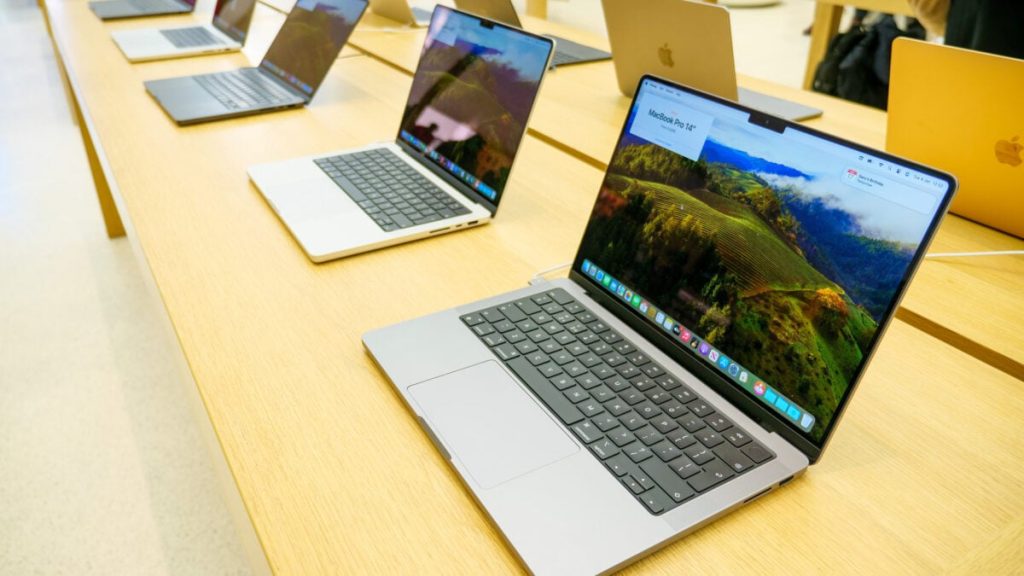Tech Industry Insights: Apple and Intel’s Challenges
The fast-paced world of tech often feels like a race leading to an inevitable disaster. As Silicon Valley continues its rapid developments, there’s a desire for more genuine self-reflection among industry leaders. When such moments of honesty occur, they can be somewhat uncomfortable, as evidenced by Intel’s new CEO, Lip-Bu Tan, who reportedly told employees that the company was essentially at a breaking point. This stark admission, while concerning, might signal a respite for Apple, one of Intel’s major partners, allowing it to ease its relentless annual product launch cycle.
Delayed MacBook Pro Release
According to Bloomberg’s leaker Mark Gurman, we shouldn’t expect any new MacBook Pro models until 2025, with potential delays pushing their debut to early 2026. Apple has recently followed a pattern of launching new Mac models; however, Gurman believes that the upcoming MacBook Pros, equipped with M5 chips, will maintain the same design as their predecessors from 2021. The much-anticipated OLED display, boasting enhanced contrast and color, may not debut until 2027.
Historical Context for Delays
There is a history of product delays at Apple. For instance, the M2 MacBook Pro was released in January 2023, followed by the introduction of the M3 models in October. Last year’s M4 launch was modest compared to earlier events. Gurman indicates that there are new iPad Airs featuring M3 chips slated for release alongside a new baseline iPad, potentially as early as March or April 2026. Upgrades for the iPad Pro with an M5 chip might arrive as soon as October.
Apple’s iPhone Strategy
While Apple appears to be taking its time with Macs, the company seems confident about its iPhone release plans. A new $600 iPhone 17e is reportedly in the pipeline, which could eliminate the notch in favor of the floating Dynamic Island that has become standard on newer models. The iPhone 17 is still anticipated to launch in the fall, coinciding with the arrival of iOS 26. Additionally, potential upgrades for the Apple Watch and a more comfortable Vision Pro headset could also be on the horizon.
Apple’s MacBook Evolution
Since transitioning from Intel CPUs to its own M-series chips in 2020, Apple has maintained a strong position in the laptop market. The latest M4 models outshine many competitors, including Intel and AMD, in benchmark performance. However, Apple risks stagnation, as current MacBook models lack significant visual updates. Their consistent design elements — including displays, keyboards, and webcam placements — have become predictable. With the company phasing out older Intel-based Macs, those not on Intel have little incentive to upgrade.
Intel’s Challenges and Future Outlook
Intel has been grappling with unexpected competition from AI advancements and Nvidia’s dominance in AI training chips, leading to significant internal changes, including the departure of CEO Pat Gelsinger. Tan has acknowledged that the company is no longer among the top ten semiconductor firms as it was 30 years ago, emphasizing the need for a more agile approach. Intel is reportedly implementing substantial job cuts across various departments, with more layoffs expected soon.
Call for a More Thoughtful Release Strategy
If tech companies like Apple could slow down their release schedules and focus on ensuring that each product genuinely offers something new, it would ultimately benefit consumers. Gurman suggests that this shift in strategy aims for more consistent revenue growth, particularly as Mac sales have dipped recently. However, merely changing release dates won’t make devices more appealing if they are simply rehashes of previous iterations.



